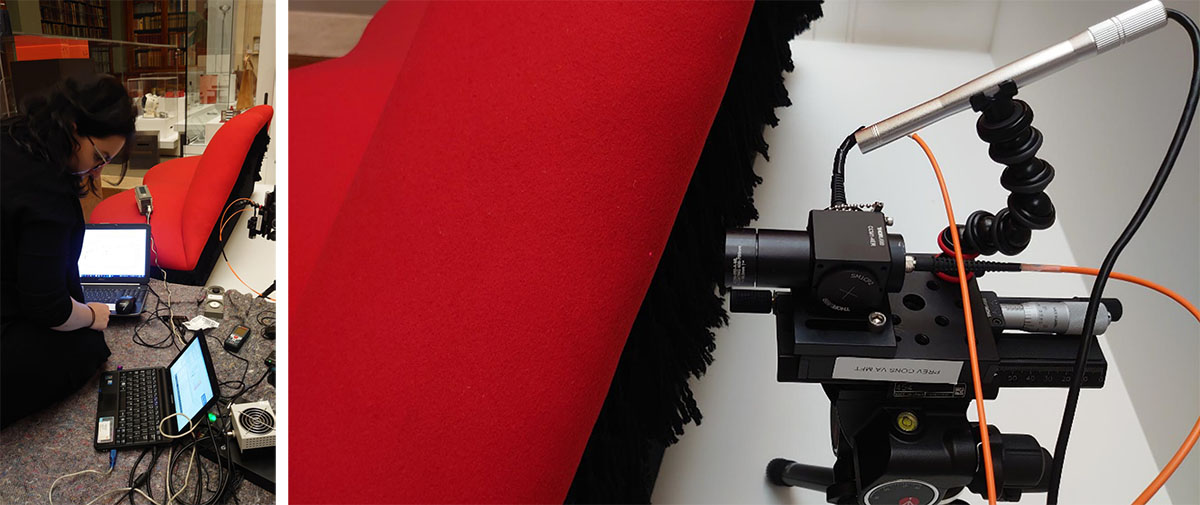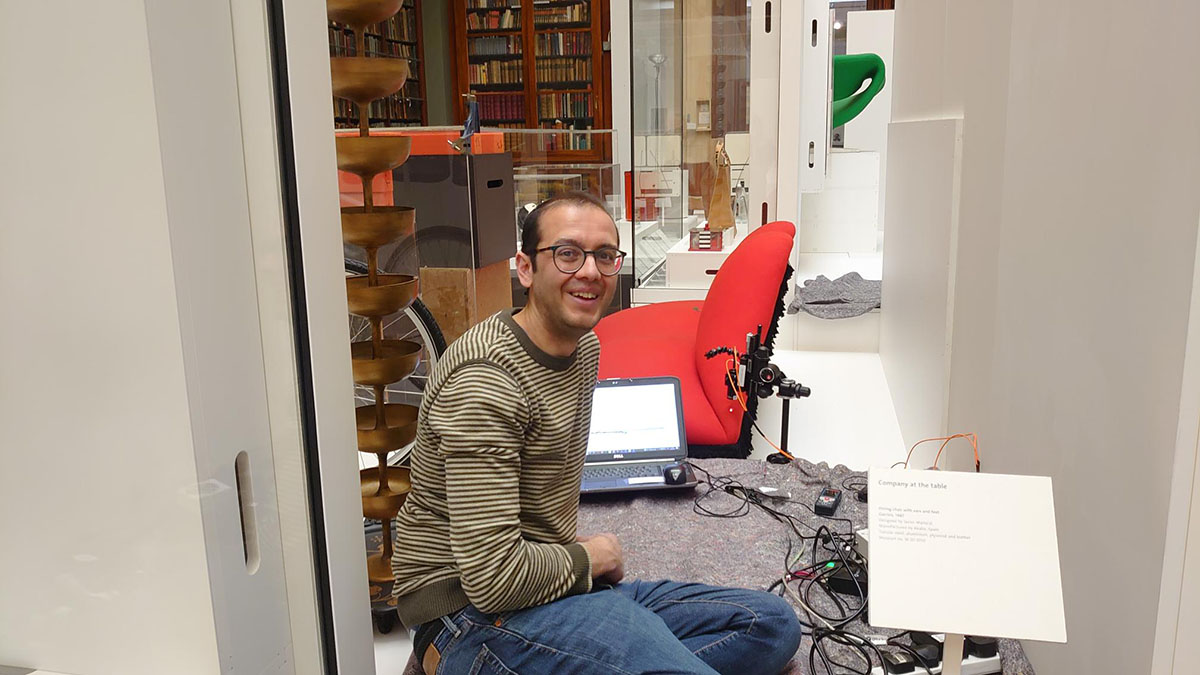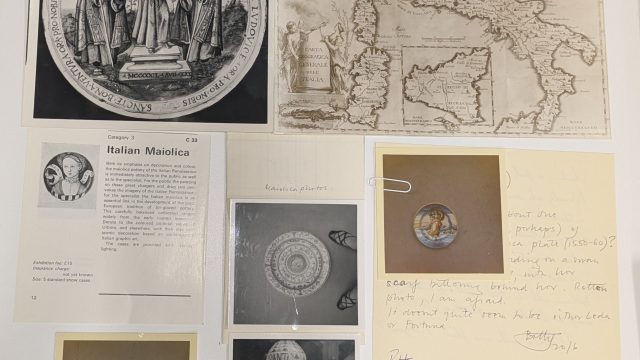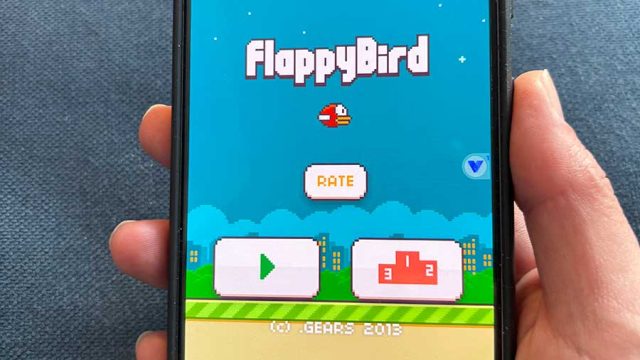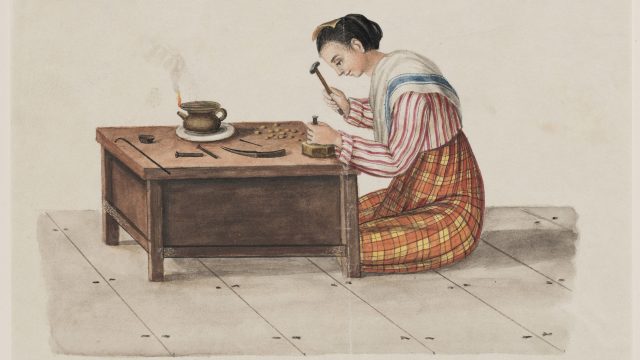Microfading is a relatively new technique developed by heritage scientists to test how light affects museum objects. The process uses an intense beam of light, aimed at a microscopic spot, while at the same time measuring any colour changes. A microfading test helps the museum to decide on a lighting strategy for a gallery, and how long an object can remain on display. With thanks to generous funding from the UKRI, a microfading tester has been recently purchased by the V&A.
One of the first museum objects we tested was the Mae West lips sofa, made by the Surrealist patron, collector, collaborator, and poet Edward James. The sofa was purchased by the V&A in 2018 and displayed in the Dr Susan Weber Gallery, which reopened in 2020. As the V&A strives to display as many objects in its collections as possible, the microfading tester will help us to understand how sensitive the sofa is to light.
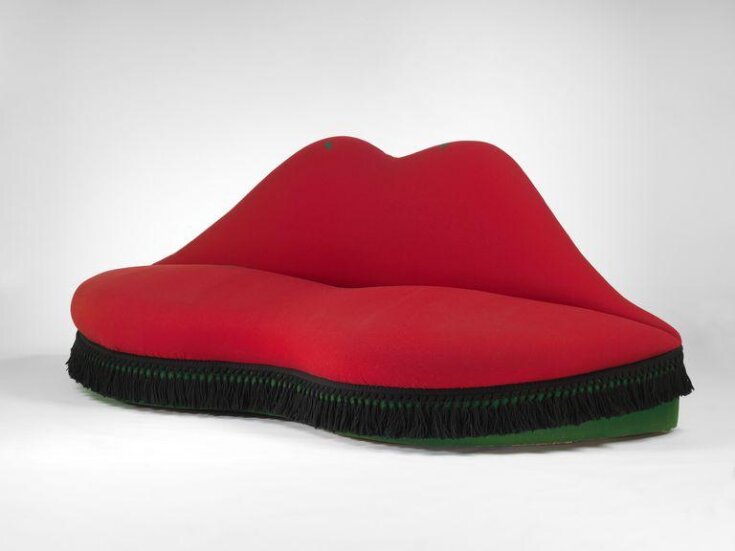
The Technical services department gathered a team of museum technicians to help provide access to the sofa from behind a Perspex hood.

As well as microfading, light and colour measurements were taken at the same time on the surface. After the analysis of the data, the great news is that the dyes used in the sofa surface are extremely light stable and so the sofa can remain on display for longer than we initially thought.
